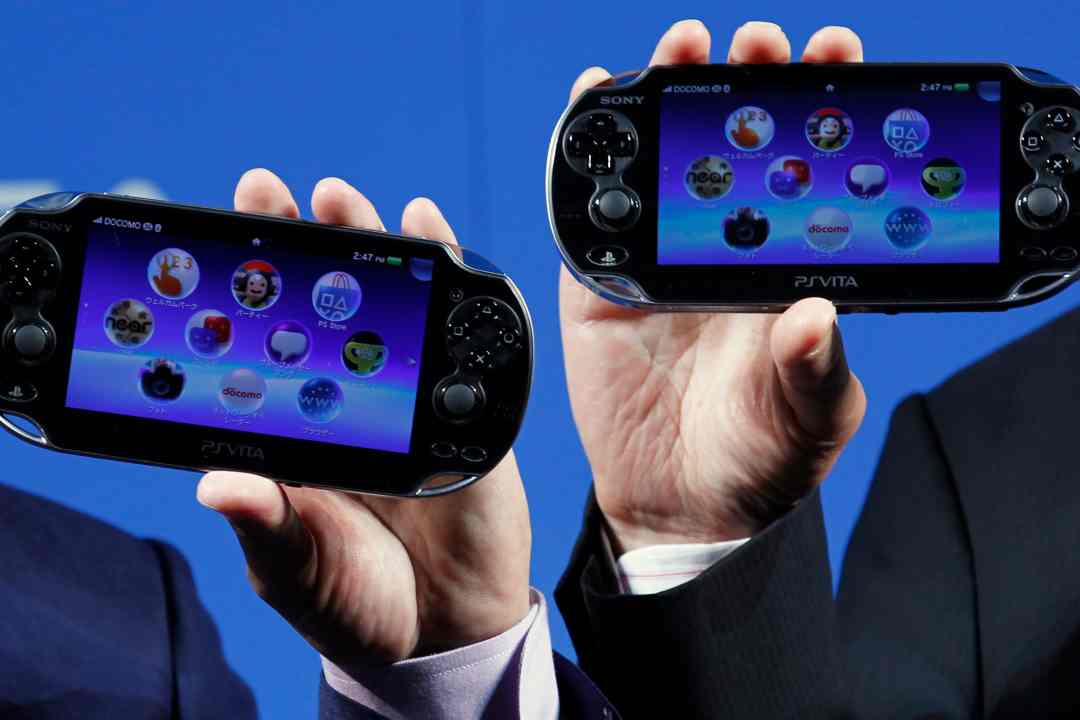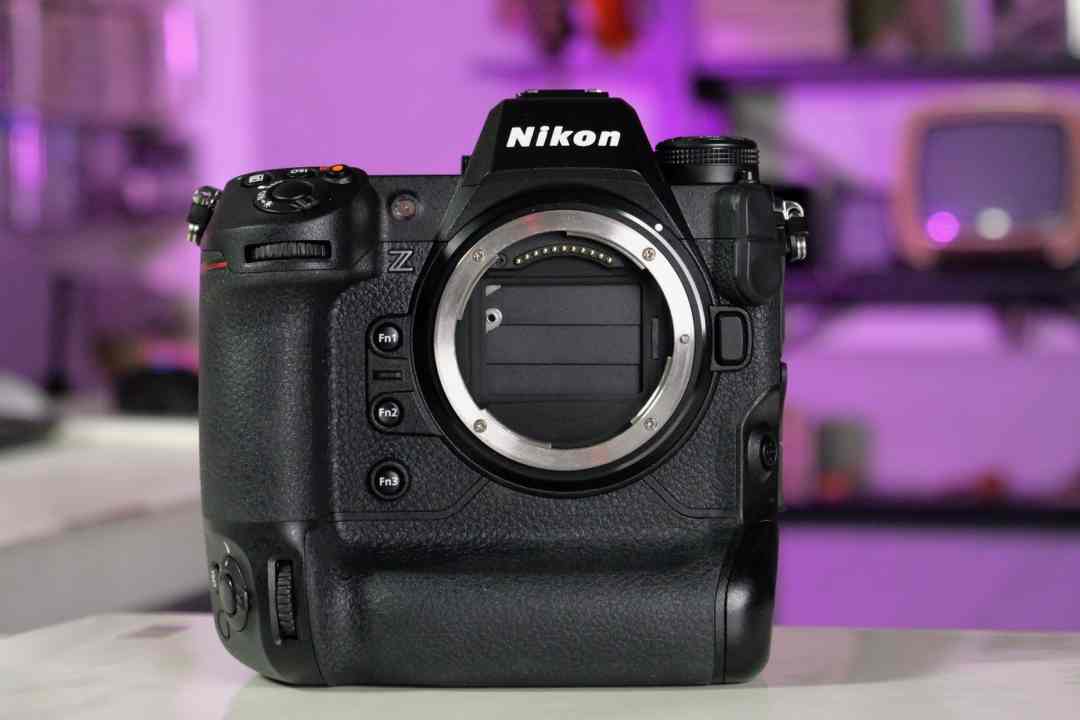
Sony shouldn’t have killed the Vita
iThis content is not available due to your privacy preferences. Update your settings here, then reload the page to see it.
I loved the Vita. I have vivid memories of playing Persona 4 Golden for hours in the dark on my dad’s couch in Chicago flying around the world of Gravity Rush from an airplane seat and playing Murasaki Baby before bed. The Vita felt good and it made me happy. And then, Sony killed it.
For the past seven years, I’ve been wondering why the Vita had to die. So today, we’re finally going to grieve and analyze together: What happened to the Vita, and what if it were still around today?
It’s been difficult to not think about the Vita recently. The mobile market is on fire right now, with Valve’s Steam Deck shipping out, the Playdate on its way from Panic, and of course Nintendo’s Switch and Switch Lite at the top of the charts. Not to mention, Microsoft is courting the handheld space with Cloud Gaming and Game Pass, and mobile gaming represents the largest and fastest growing segment in the industry. From consoles to PC, it seems every company is investing in handheld play. Every company except Sony.
To be clear, Sony doesn’t have to compete in the handheld market just because everyone else is doing it, but the tragedy here is they were doing it with the Vita – and as LL Cool J would say, they were wrapped up support for the Vita by 2019, and best estimates place total global hardware sales around 16 million units. The 3DS, meanwhile, is at Update your settings here, then reload the page to see it.
By the beginning of 2013, the Vita and the Wii U were on shockingly similar trajectories. They were both iterations of previous hardware, trying new things and fumbling along the way. Nintendo’s Wii U came out in late 2012 and wasn’t nearly as well-received as its predecessor, the Wii, offering players a bulky gamepad with an uncomfortable UI and crappy battery life. In its five-year lifespan, Nintendo sold about 14 million Wii U consoles – 2 million fewer than the Vita’s estimated total, even.
Here’s where Nintendo and Sony pivoted away from each other. In classic Nintendo fashion, the designers of the Wii U kept their heads down and continued building their vision of a hybrid console. The Wii U wasn’t perfect, but that didn’t mean the entire concept was trash, and Nintendo’s blind focus eventually resulted in the Switch, a console with an emphasis on mobile play. Today, it’s one of the best-selling systems in history.
But where Nintendo chose to stay the course, Sony decided to turn around and go back home. It simply killed the Vita – and I think this was the result of internal turmoil at Sony proper. There was a disconnect in the way Sony marketed the Vita to different regions, and even in the way it explained basic ideas behind the hardware itself – like with its confusing and expensive memory card plan.
Since Sony stopped divulging Vita information early on, I’m using stats compiled by a self-professed data nerd at Reddit filled with complaints about the company’s lack of support.
This regional disparity happens to align with some major managerial shifts at Sony, and a larger change in its approach to players and developers. With the launch of the PS4 in 2013, Sony was on top of the world – interactive entertainment president Jack Tretton obliterated the Xbox One during Tretton left Sony in 2014 and Shawn Layden took his place. By this point, the Vita was clearly an afterthought in North America. With Layden at the helm, Sony’s E3 shows took on a more business-oriented tone, and by 2016, it felt like an entirely different company on-stage. And this wasn’t just external: Sony had been saturating its systems with innovative and award-winning indie titles throughout the 2010s, but in 2016, two of the company’s pivotal indie evangelists, Nick Suttner, left, and indie developers said they felt every mid-tier studio in town, a Vita would offer Sony a chance to collaborate in unique ways with smaller developers, giving the company even more exclusives, the currency of the modern market. We know that players today appreciate a sleek handheld component to their consoles, and Sony could use something to compete with Microsoft’s vast cloud capabilities and funding in R&D. It could use something that Microsoft doesn’t have. PSVR can’t fulfill this role – but Vita totally could.
At least, that’s how I feel. Let me know if I truly am alone here, or if you also want a handheld system from Sony – only rule is, you have to say whether you want the charm hole.




Average Rating